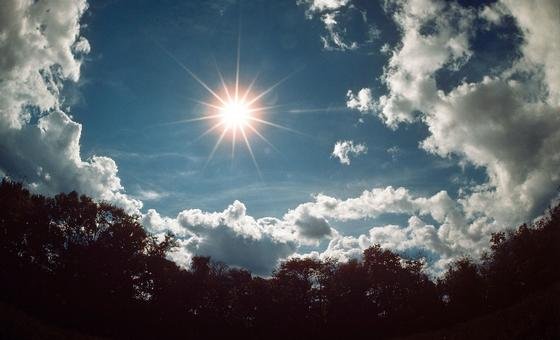The ozone layer is a protective shield that helps protect life on Earth from harmful ultraviolet rays.
The annual ‘Ozone and Ultraviolet’ bulletin of the United Nations Organization is published on the occasion of ‘World Ozone Day’, which is celebrated with the implementation of the ‘Montreal Protocol’ and its amendment ‘Kigali Agreement’.
This international agreement made it possible to stop the production of substances that seriously damage the ozone layer.
Previous studies have warned that there are many chemicals, including fluorine, chlorine, bromine and iodine, whose use is damaging the ozone layer.
Other chemicals and substances used in various products were depleting the ozone layer, including chlorofluorocarbons, which are found in large quantities in aerosols, refrigeration systems and air-cooling machines.
According to the report, dangerous ultraviolet radiation from the sun has started reaching the earth due to the hole in the ozone layer.
hole filling
UN Secretary-General Antonio Guterres welcomed the improvement in ozone levels and said these protection measures must continue.
He noted that the Kigali Amendment to the Protocol focused on ending the use of hydrofluorocarbons (HFCs), the powerful gases responsible for climate warming.
This amendment can contribute to reducing carbon emissions and ensuring the safety of ordinary citizens and the planet.
“As temperature records continue to crumble, this is needed more than ever.”
The U.N. agency says recovery in ozone levels could reach 1980 levels, when no holes were seen, but that would require continuing current policies.
In the Antarctic it could take up to 2066. Full recovery of the ozone layer in the Arctic is expected to occur by 2045 and for the rest of the world by 2040.
Other results
The World Meteorological Organization bulletin shares strategies to protect human health and the environment from UV radiation.
Additionally, the impact of seasonal trends and volcanic eruptions on Antarctic ozone depletion in 2023 is also analysed.
The bulletin mentions a positive change in the ozone layer in the Antarctic region, but it is feared that this could be affected by any phenomena in the atmosphere.
UN agency scientists believe that the causes of such effects are not yet fully understood and that the ozone layer should continue to be monitored.

